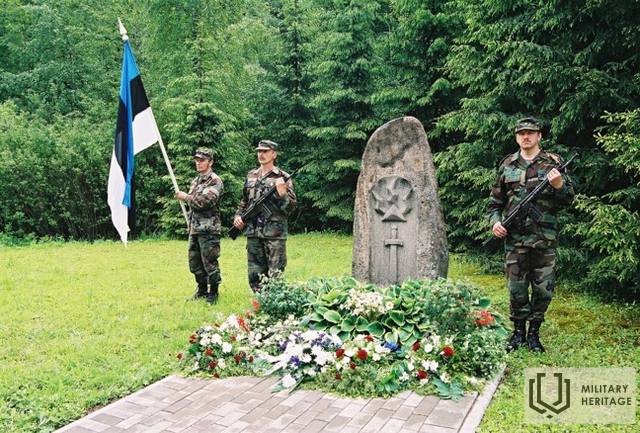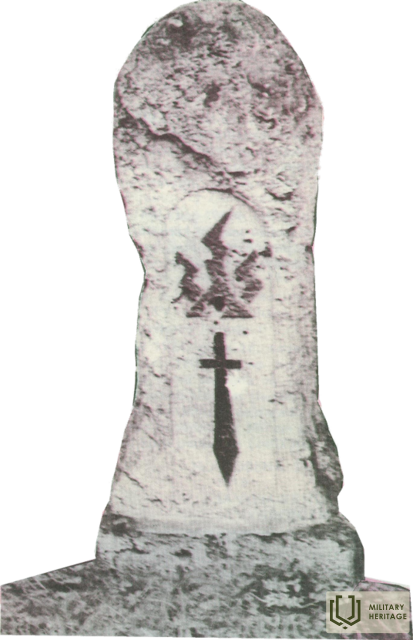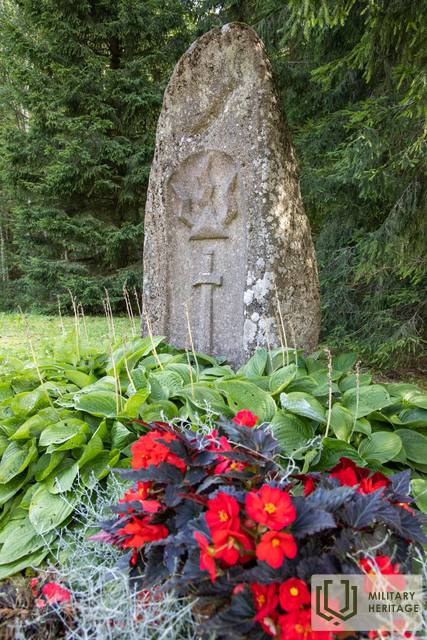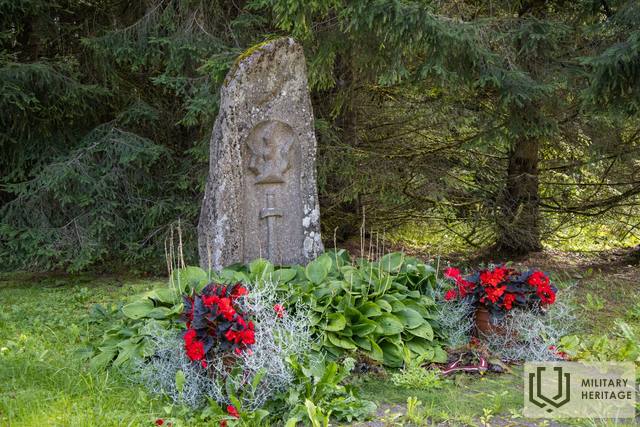Paminklas Nežinomam Nepriklausomybės karo kareiviui
Memorialinis vieta

Karavīru goda sardze pie kapa pieminekļa nezināmajam latviešu karavīram pie Ieriķiem Drabešu pagastā. No jauna veidotais piemineklis atklāts 1988. gada 11. novembrī. Pieminekļa autori - tēlnieki Maija Baltiņa un Andrejs Jansons. Avots: Tālis Pumpuriņš, Jānis Bahmanis, Cēsu Vēstures un mākslas muzejs
Įkeliama...
57.2134,25.1799
Vidzemes šosejas 74. kilometrā, Drabešu pagasts, Ieriķi, Cēsu nov., Latvija

 74
74



Panaudoti šaltiniai ir literatūra:
Lismanis, J. 1915–1920. Mūšių ir žuvusių kareivių atminimui: Pirmojo pasaulinio karo ir Latvijos išsivadavimo kovų memorialinės vietos. Ryga: NIMS, 1999
https://karavirukapi.blogspot.com/2020/02/drabesu-pagasta-vidzemes-sosejas-74.html
Susijusi laiko juosta
Susijusios temos
Susijusi istorija
Cėsių mūšio pradžia, eiga ir pabaiga
Pergalei Cėsių mūšyje buvo lemta tapti lūžiu latvių ir estų kovoje už savo šalies nepriklausomybę. Ši pergalė padarė tašką Andrievo Niedros vyriausybės ir vokiečių generolo Rüdigerio von der Goltzo planams užkariauti Baltijos šalis. Vietoj to Liepojoje savo veiklą atnaujino Laikinoji Latvijos vyriausybė, vadovaujama Kārlio Ulmanio.








